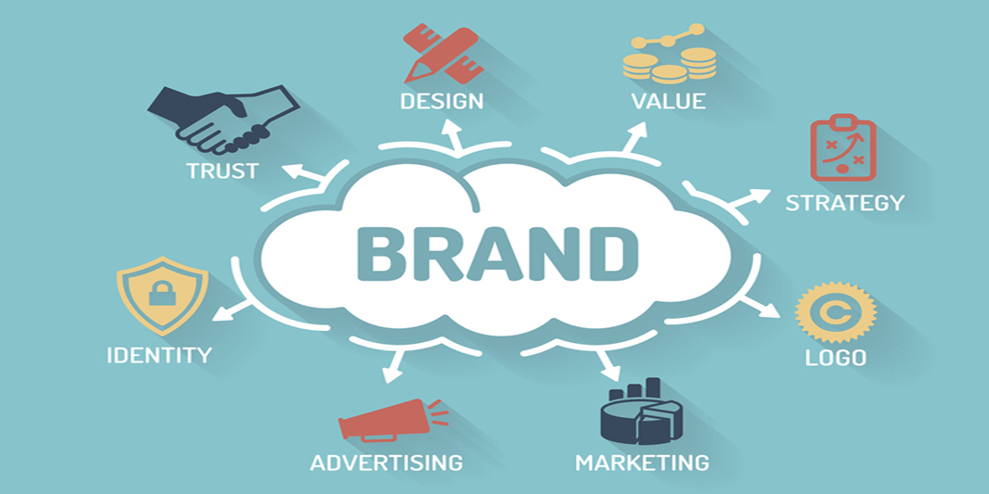When it comes to creating your content marketing strategy, it’s useful to know the key differences between organic, paid and branded content – and which ones are right for your business. As part of The Drum’s Content Marketing in Focus, Gavin Jordan (publishing manager of The Drum’s Open Mic) defines the different kinds of content, along with their advantages and disadvantages.

Organic content can be low cost – but will it help you reach the right audience at scale?
We live in a content-obsessed world. Content has never been easier to produce or consume. But for content marketing, that’s a problem. 38% of final decision-makers now say that the market is “oversaturated” with thought-leadership content and that there’s too much to keep up with. With so much content out there, how do you cut through the noise to reach your target audience?
Here we look at three key types of content that every marketer should be aware of: organic, paid and branded content. We break down how they can help you target your audience, and the advantages and disadvantages of each.
What is organic content?
Organic content means content that is created and published without a fee. This is usually content that is hosted on your company’s native channels (website; blog; social media), or content that is published by, or shared on, a third-party platform on a non-commercial basis (e.g. a publisher commissioning your piece after a successful editorial pitch).
Third-party social media accounts may also share/repost your company’s social media content for a number of reasons. It may align with their values, be likely to resonate with their own social media audience, or simply be something they find funny. Either way – if a fee hasn’t been paid for the privilege, social sharing by a third-party is something that happens naturally and is therefore ‘organic’.
Advantages of organic content
The obvious advantage of organic content is that it’s low cost. Without paying third-parties to host your content, organic content wont dip into the marketing budget (unless a freelance copywriter / content creator is required to create the content).
The other is that it can drive traffic directly to your website/social media page. Without a third-party involved, you’re not relying on readers to click a CTA to be taken to your website. In other words, you’re cutting out the middleman.
Disadvantages of organic content
The downside, however, is that your target audience may be harder to reach, as you’re relying on your target audience discovering your content naturally. This may be particularly difficult for smaller, less-established companies, with minimal website traffic and a small social media following. In this instance, having a good SEO strategy is absolutely essential, as you’ll be relying not only on users finding your content via search engines, but finding it on a results page that could be populated by your competitors’ content.
What is paid content?
Paid content, also known as sponsored content, is content that you pay to publish on a third-party platform. The content is traditionally created by you, but hosted on the platform of choice (e.g. a publisher or social media channel) for a fee. Paid content can take the form of a single post, a series of articles, or a membership package that includes published content.
Advantages of paid content
The main advantage of paid content is that it allows companies, big or small, to tap into vast, hard-to-reach or specialized audiences. If, for example, an online automobile publication had an audience of 1 million drivers per month, then a company that sells car air fresheners may choose to publish their content on this platform to tap into this large and relevant audience that they’re otherwise struggling to reach organically.
Publishing on established platforms also carries the benefit of your company being able to backlink (i.e. hyperlink) to your native website. A website’s SEO is improved by the quality of its backlinks, and if an authoritative domain is linking to your company website, then your website has a greater chance of ranking higher in relevant search results. If your content strategy is based primarily on organic content, investing in paid content on authoritative domains is still worth considering, as the boost to SEO will help your target audience discover your native content naturally.
Disadvantages of paid content
The downside, however, is that, unlike organic content, paid content involves a cost. But, based on the quality of your chosen platform’s audience, this cost is likely to yield good ROI based on your content’s new reach.
If you’re interested in pursuing paid content on The Drum, you can find out more here.
What is branded content?
While branded content is a type of paid content (in that you pay a fee to publish content on a third-party site), the key difference is that in this instance, you also pay for this third-party to produce the content with you or on your behalf.
Advantages of branded content
The key advantage here is that not only will your content be able to reach the audience of your chosen platform, but it is more likely to resonate with this audience. For media platforms, like The Drum, this means you’ll have content produced by an in-house journalist who understands their audience, and can create the right sort of content to meet its needs. This means a higher level of engagement from the exact audience you want to reach.
An example of The Drum’s branded content
Similarly, leveraging Instagram branded content via influencer marketing can be advantageous. Here you not only tap into the influencer’s following, but also utilize the influencer (aka social media content creator). When it comes to Instagram, audiences may be drawn to a particular account because of the personality, looks, status, talent or content-creation style of the content creator, and so by utilizing the content creator, you’re again maximizing your content’s chance of success with their audience.
Disadvantages of branded content
A disadvantage with branded content is again cost. Branded content is likely to cost more than paid content, as it requires extra labor from the publisher’s side. The value here is two-tier: you’re reaching your desired audience, and getting the content created with, or for, you – and so the price tag is understandably a little steeper. But again, the ROI is likely to be strong if the right partner, with the right audience, is utilized.
The downside of leveraging influencer marketing via Instagram branded content is that you’re associating your brand with an individual. If the wrong choice is made, or that individual is then subject to some sort of controversy later down the line, it could tarnish your brand image, having the adverse effect to the one you set out create.
Incorporating all three into your content strategy
While each type of content has its advantages, it’s likely that a good content strategy wont just focus on one type of content, but incorporate different types for different purposes.
Organic content, for example, may be used specifically to drive traffic directly to your company’s website or social media page, where your products and services are easy to find.
Paid content may then be used to drive awareness of your company with an otherwise hard-to-reach audience. This strengthens your position as a thought-leader with the audience that matters, enhancing the success of any lead generation campaign you choose to do within that market.
And branded content may be used to further amplify your messaging to your chosen audience, with publishers drawing on their content creation expertize and audience understanding to ensure a high-level of engagement.
ENDS
—
This article first appeared https://www.thedrum.com
Seeking to build and grow your brand using the force of consumer insight, strategic foresight, creative disruption and technology prowess? Talk to us at +971 50 6254340 or engage@groupisd.com or visit www.groupisd.com/story




